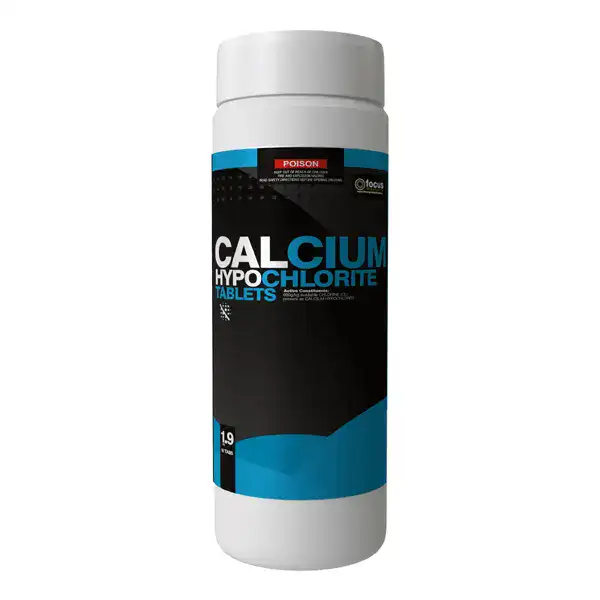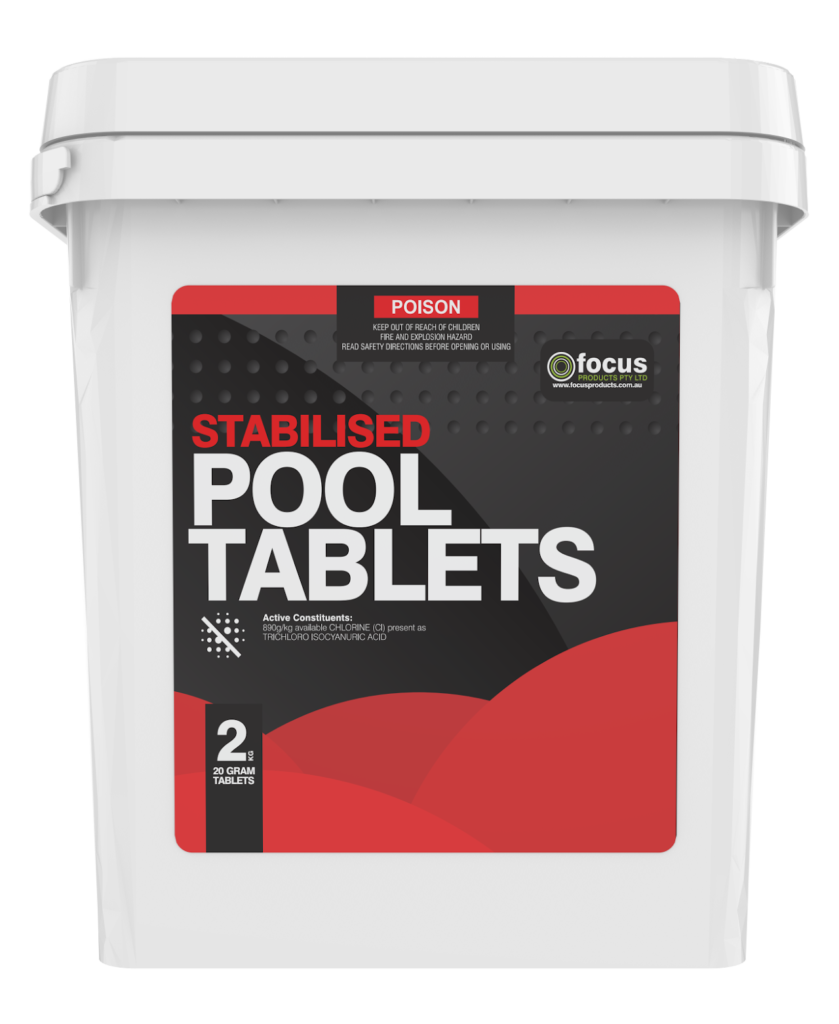When it comes to pool sanitation, chlorine is the go-to solution for keeping water clean and safe. However, not all chlorine products are created equal. Three of the most common forms used in pools are Calcium Hypochlorite (Cal Hypo), Sodium Dichloroisocyanurate (Dichlor), and Trichloroisocyanuric Acid (Trichlor).
Understanding their differences can help pool owners and operators make informed decisions about which one best suits their needs.



Cal Hypo
Dichlor
Trichlor
Calcium Hypochlorite (Cal Hypo)
Cal Hypo is a widely used pool sanitizer that comes in granular or tablet form. It is known for its high chlorine concentration, typically containing 65-75% available chlorine.
Pros:
- Fast-acting and effective at killing bacteria and algae.
- Does not contain cyanuric acid (CYA), allowing pool owners to manage stabilizer levels separately.
- Ideal for shock treatments due to its rapid dissolution.
Cons:
- Increases calcium hardness in the water, which can lead to scaling if overused.
- Requires careful handling and storage, as it is highly reactive.
- Must be pre-dissolved before adding to the pool to prevent bleaching or damage to pool surfaces.
Sodium Dichloroisocyanurate (Dichlor)
Dichlor is a stabilized form of chlorine, meaning it contains cyanuric acid, which helps protect chlorine from degradation due to UV exposure. It is available in both granular and tablet forms and contains 55-62% available chlorine.
Pros:
- Dissolves quickly and evenly, making it convenient for regular use.
- Stabilized with cyanuric acid, reducing chlorine loss from sunlight.
- Less impact on pH levels compared to Cal Hypo.
Cons:
- Adds cyanuric acid to the pool, which can build up over time and lead to chlorine inefficiency.
- More expensive than Cal Hypo.
- Not ideal for shock treatments as it is slower acting than Cal Hypo.
Trichloroisocyanuric Acid (Trichlor)
Trichlor is another stabilized chlorine product, often found in tablet or stick form. It contains about 90% available chlorine, making it one of the strongest chlorine sources available for pool maintenance.
Pros:
- Slow-dissolving, making it ideal for consistent chlorine delivery via floating dispensers or automatic feeders.
- Highly effective due to its high chlorine content.
- Lower impact on calcium hardness compared to Cal Hypo.
Cons:
- Contains cyanuric acid, which can accumulate in the pool over time, requiring dilution or additional water treatment.
- Lowers pH levels, meaning pool owners must monitor and adjust pH regularly.
- Not ideal for quick chlorine boosts or shock treatments.
Which One Should You Choose?
- For regular, slow-release chlorination: Trichlor tablets are an excellent option, especially for pools that need a steady chlorine supply.
- For quick chlorine boosts or shock treatments: Cal Hypo is the best choice due to its rapid action and high chlorine concentration.
- For a balance between quick action and stability: Dichlor is a good middle-ground option, particularly for pools where CYA levels need to be managed carefully.
Each type of chlorine has its strengths and weaknesses, and the best choice depends on your pool’s specific needs. Regular testing and proper water chemistry management are key to maintaining a healthy and balanced pool environment.
At Think Water Hawkes Bay, we offer expert advice and top-quality pool chemicals to keep your water crystal clear all year round. Visit us at https://www.thinkwater.co.nz/hawkes-bay/ to learn more!

